On April 2, US President Donald Trump signed an executive order imposing reciprocal tariffs on more than 180 economies (of which Vietnam is subject to a 46% tariff). In this tariff storm, Vietnamese steel is excluded because since 2018 it has been subject to a 25% tariff under Section 232 of the US Trade Expansion Act.
The Trump administration also wants to maintain tax policy stability for strategic metals that are essential raw materials for many US industries such as automobiles, construction and equipment manufacturing, etc. to avoid the situation of “tax on tax” that increases costs for US consumers. This could open up a multidimensional picture with both opportunities and challenges for the Vietnamese steel industry.
Steel production at Thai Nguyen Steel Rolling Mill.
According to statistics from the Vietnam Steel Association (VSA), in 2024, Vietnam will export nearly 13 million tons of steel, worth 9.08 billion USD; of which the United States is the third largest market, accounting for 14% of total exports, after ASEAN and the EU.
Currently, the United States still depends 12-15% on imported steel (about 20-25 million tons/year), so the impacts from tariffs may not necessarily be a disadvantage for the entire Vietnamese steel industry if it knows how to exploit the potential of this market.
Previously, Canada, Mexico and Brazil, which had enjoyed preferential tariffs on steel from the United States, now face a common 25% tariff. This creates a more level playing field, helping Vietnamese steel maintain its price competitiveness in the United States, which generates billions of dollars in revenue each year.
Along with that, because the US is not a key export market, Vietnamese steel enterprises can pivot to focus on the domestic market, which is recovering thanks to positive signals from public investment and real estate, as well as markets in the ASEAN region, which have advantages from Free Trade Agreements (FTAs).
However, we should not be too optimistic, because when other countries have difficulty accessing the US market, they will shift, bringing cheap steel to Asia and Vietnam for consumption; thereby, creating great pressure on domestic steel, which is facing a situation of oversupply.
In addition, the risk of Vietnamese steel being caught up in accusations of “disguising origin” from steel from other countries to avoid high reciprocal taxes from the United States may also be imminent.
Most recently, on April 4, the US Department of Commerce (DOC) announced the preliminary results of the anti-dumping investigation on imported galvanized steel, in which Vietnam is subject to a tax rate of up to 88.12%.
Although it is not the final decision, from now until August 18, if the DOC cannot prove that Vietnamese steel does not cause damage to the US steel industry, it is very likely that in October 2025, the US International Trade Commission (ITC) will officially impose additional taxes on Vietnamese steel due to illegal dumping and subsidies.
History shows that in 2018-2019, the United States imposed anti-dumping and anti-subsidy taxes of up to more than 400% on some Vietnamese steel products.
Therefore, to have timely and effective response measures, the steel industry needs to promote investment in technological innovation, reduce production costs, and improve product quality and value.
In particular, the steel industry needs to review its export strategy, strictly adhere to transparency in the supply chain and regulations on the origin of goods; avoid at all costs accusations of “fake origin”, which the US always “scrutinizes” with imported goods. Even a small mistake can lead to new sanctions, reducing the competitive advantage of an entire industry.
At the same time, it is necessary to continue to diversify markets and exploit FTAs to expand export activities. The Government needs to continue to strengthen diplomatic dialogue with the United States to limit policies that are unfavorable to industries, deploy effective solutions to maintain the US market; support businesses in responding to trade defense investigations; and protect the domestic market from cheap imported steel.
This is the time for the Government and businesses to join hands to act for the sustainable development future of a key industry.
According to nhandan.vn
Source: https://baoninhthuan.com.vn/news/152505p1c25/nganh-thep-tim-giai-phap-ung-pho-truoc-cu-soc-thue-quan.htm


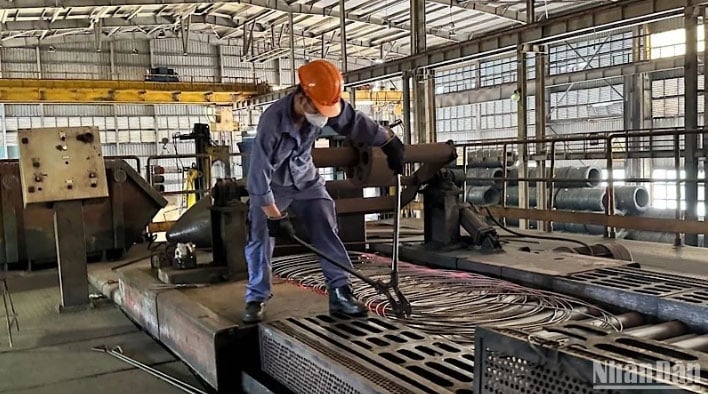
![[Photo] Chinese, Lao, and Cambodian troops participate in the parade to celebrate the 50th anniversary of the Liberation of the South and National Reunification Day](https://vphoto.vietnam.vn/thumb/1200x675/vietnam/resource/IMAGE/2025/4/30/30d2204b414549cfb5dc784544a72dee)
![[Photo] The parade took to the streets, walking among the arms of tens of thousands of people.](https://vphoto.vietnam.vn/thumb/1200x675/vietnam/resource/IMAGE/2025/4/30/180ec64521094c87bdb5a983ff1a30a4)



![[Photo] Cultural, sports and media bloc at the 50th Anniversary of Southern Liberation and National Reunification Day](https://vphoto.vietnam.vn/thumb/1200x675/vietnam/resource/IMAGE/2025/4/30/8a22f876e8d24890be2ae3d88c9b201c)
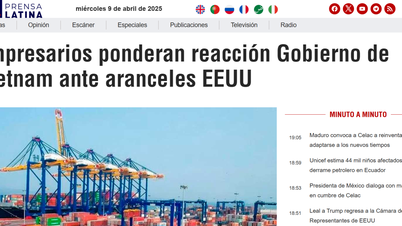



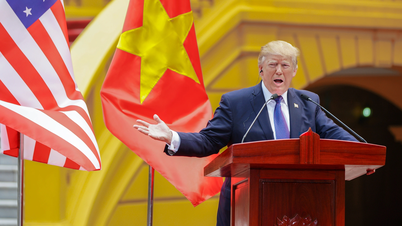

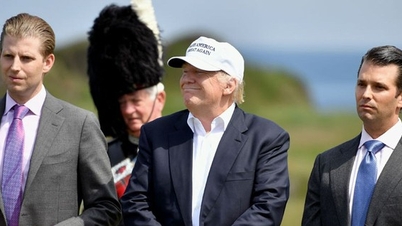



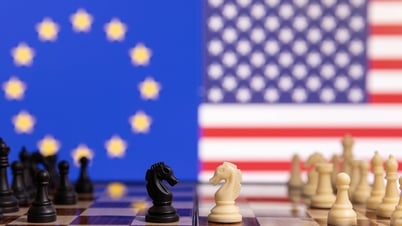
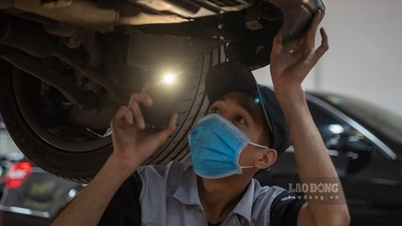
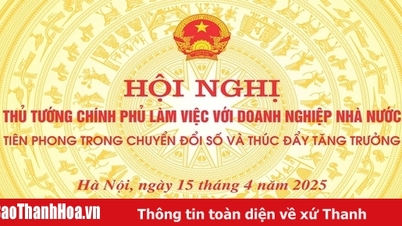
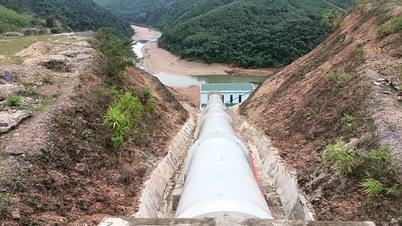







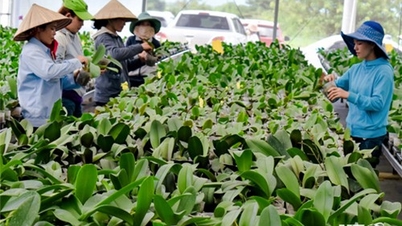
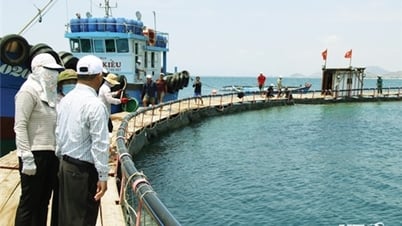



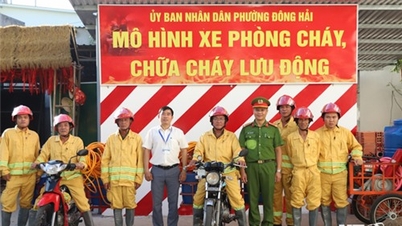
![[Photo] Performance of the Air Force Squadron at the 50th Anniversary of the Liberation of the South and National Reunification Day](https://vphoto.vietnam.vn/thumb/1200x675/vietnam/resource/IMAGE/2025/4/30/cb781ed625fc4774bb82982d31bead1e)

















































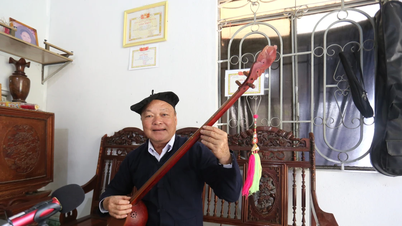

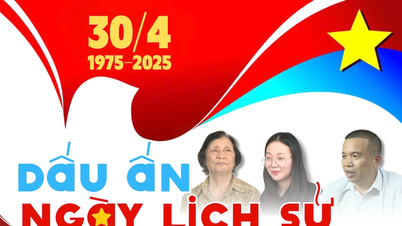
















Comment (0)